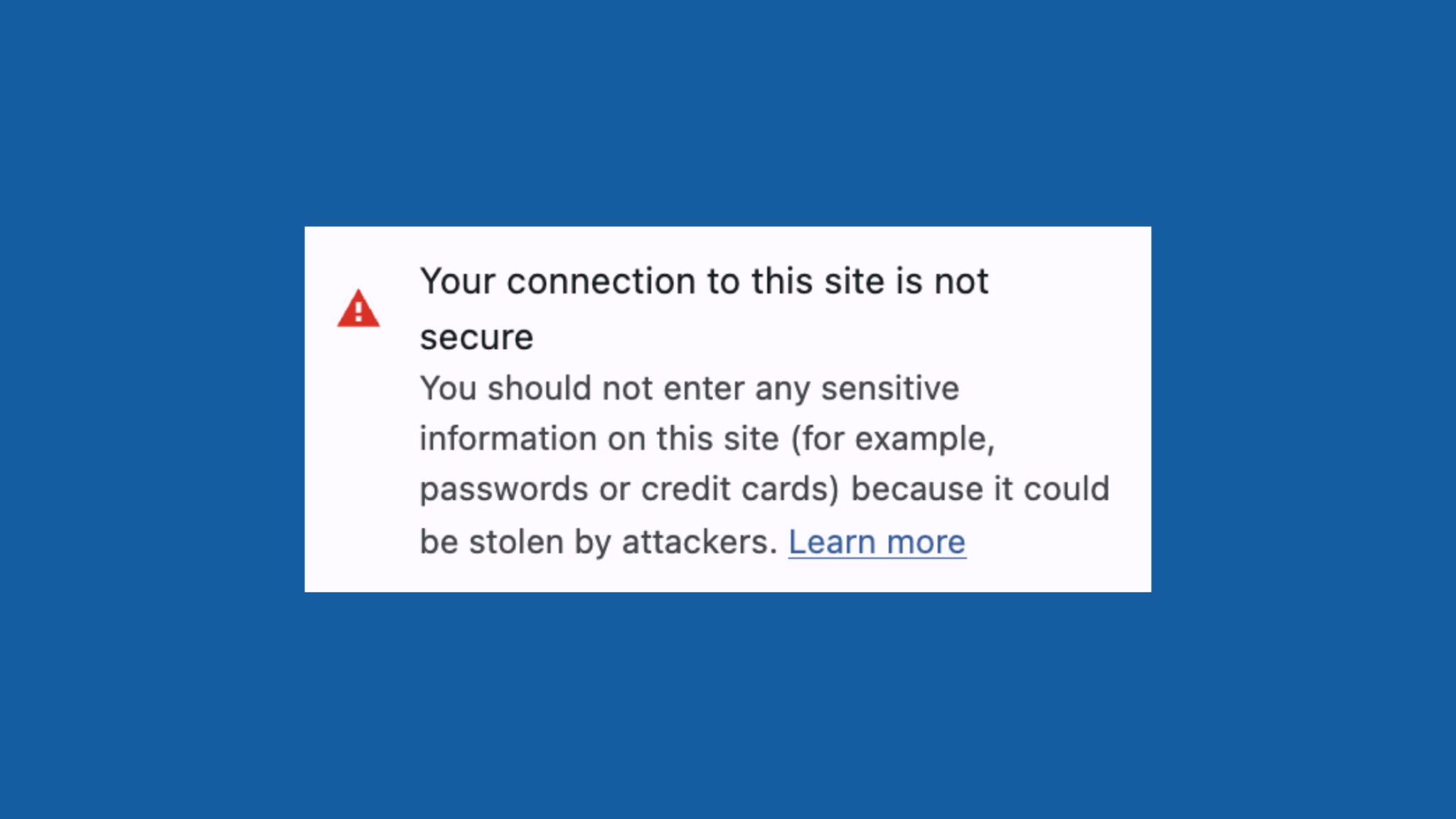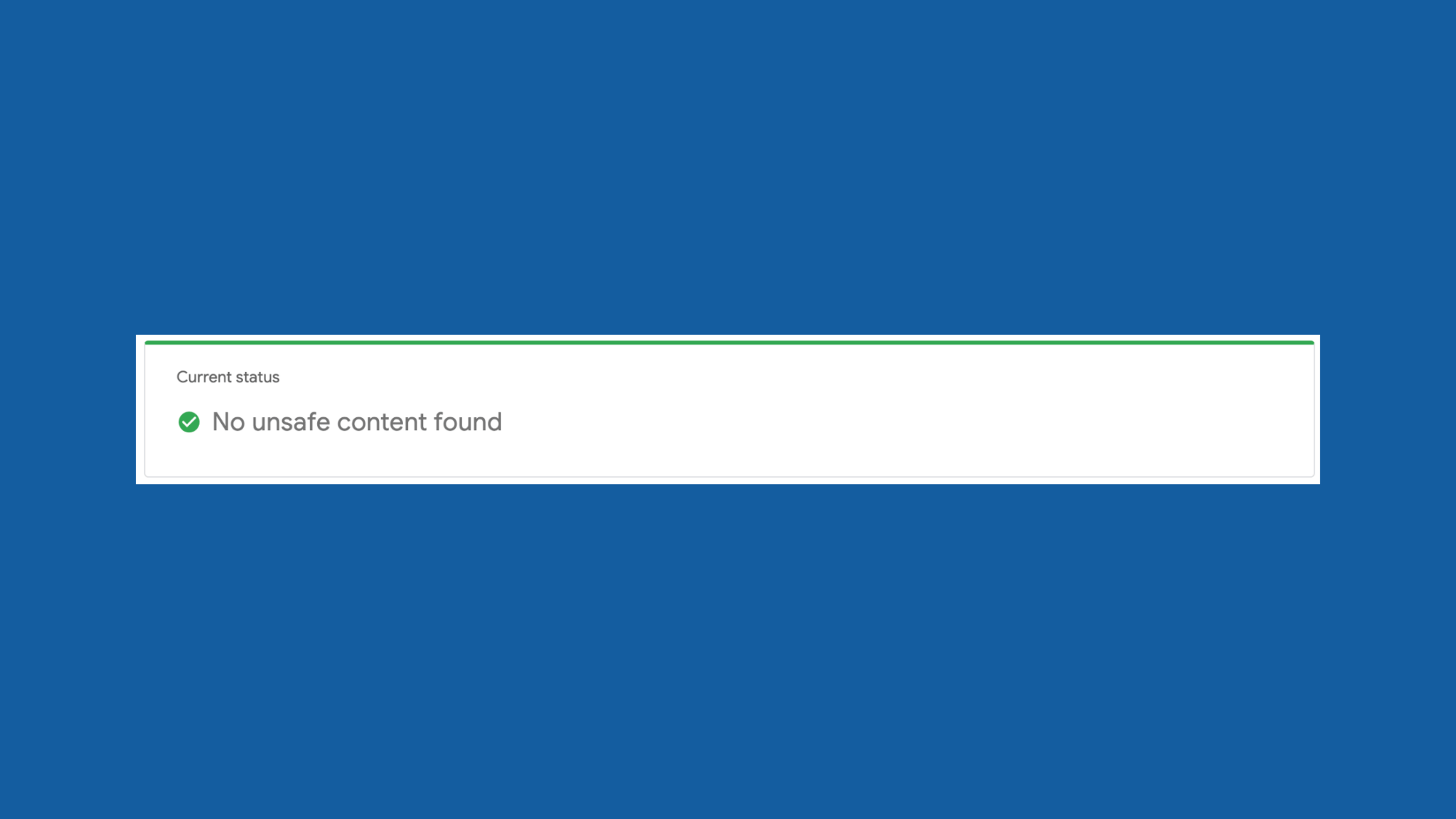Not sure if a site is safe?

Sometimes you have doubts about a website—you’re not sure if the site is safe or even real. No worries, it’s actually pretty easy to check a site’s safety. By following a few quick steps, you can spot red flags, avoid scams, and protect your personal data. Let’s break it down into simple checks anyone can do.
First things first, web browsers (Chrome, Safari, Brave…) have built-in safety nets to prevent you from visiting dangerous sites, but sometimes, malicious sites can pass through those filters.
One of the most basic checks your browser does is looking for HTTPS in the website address. HTTPS means the site is using a secure connection, protecting your data from hackers. If a site only has HTTP (without the “S”), your browser might show a warning or block the site completely. This happens because HTTP sites don’t encrypt your data, making it easy for attackers to steal information like passwords or credit card details.
Always check for HTTPS and a padlock icon in the address bar before entering any personal information. If a site is only HTTP, it’s best to stay away—especially if it asks for sensitive details.
If a site is unsafe, your browser may show a warning message, such as:
- Chrome: “Your connection is not private”
- Safari: “This connection is not private”
- Firefox: “Warning: Potential Security Risk Ahead”
- Edge: “This site isn’t secure”

Checking a Site’s Safety Yourself
The quickest and safest way to verify a website’s security is to use site checkers like Google Safe Browsing. These tools analyze websites for threats like malware, phishing, and security vulnerabilities.
Online Tools for Website Safety Checks
If you want to check a website yourself, here are some reliable tools:
- Google Safe Browsing – The simplest and most user-friendly tool, created by Google. Just enter the website URL, and it will tell you if the site is safe or flagged as dangerous.
- SSLTrust Website Security Check – Scans over 80 security databases (Google, Comodo, Opera, Securi) to check if a site has been compromised by malware, phishing, or scams.
- SiteChecker Website Safety Test – Checks a website’s security status, SSL certificate, and domain reputation.

These three tools have the same goal and work in a similar way. They provide a quick and easy way to determine whether a site is safe before you enter any personal information.
How These Tools Work
- They scan public websites to detect malware, phishing, and scams.
- They check server IPs and domain names against spammer databases to see if the site has a history of sending spam.
- They verify the SSL certificate to ensure the website’s security encryption is valid. The SSL certificate is what gives a website HTTPS instead of just HTTP.
By using these tools, you can quickly determine whether a site is safe before entering any personal information.
Stay Safe Online
Checking a site’s safety doesn’t have to be complicated. By paying attention to HTTPS, browser warnings, and using online safety checkers, you can easily spot risky websites and protect your personal data. If something feels off, trust your instincts—it’s always better to be safe than sorry. A few quick checks can save you from scams, malware, and data theft.
Stay cautious, stay informed, and browse safely!
Stay connected with us! Follow Aubelix for the latest cybersecurity insights, and subscribe to our newsletter to stay updated on best practices and security tips. If you have any questions or blog topic suggestions, don’t hesitate to reach out at blog@aubelix.com—we’d love to hear from you!



